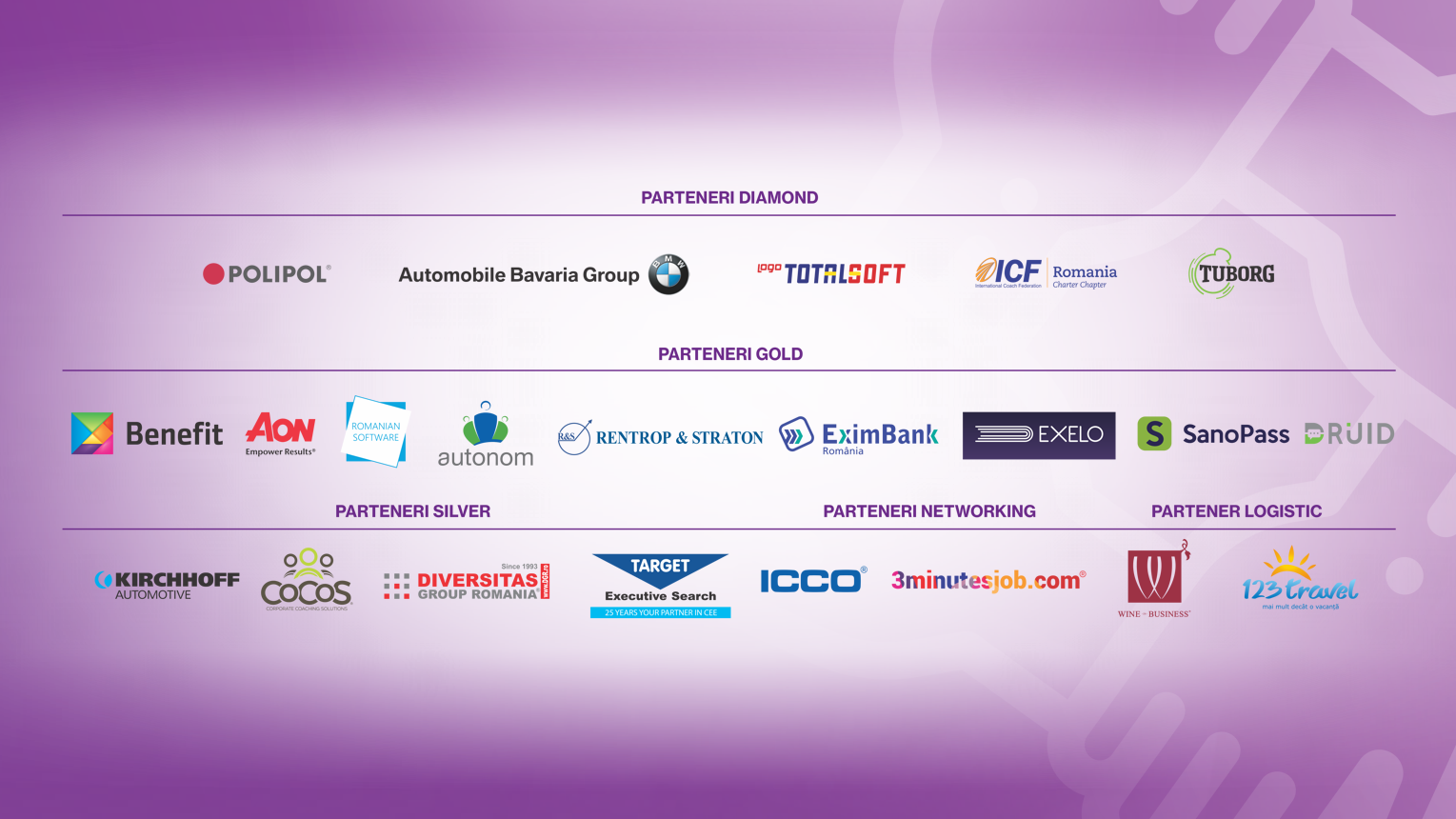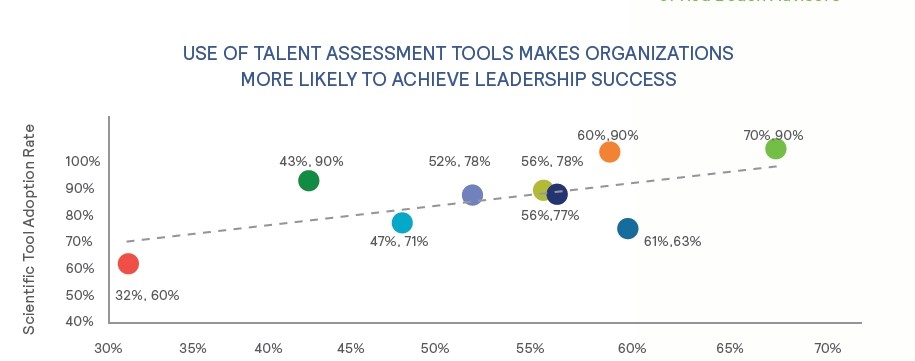Betrayal in the Workplace and How to Deal with It
Betrayal comes in many ways and forms and the one that happens in the workplace is no different. There may be times when you be undermined by a co-worker during a presentation, ignored by your manager or blindsided by a fellow colleague. This almost always leads to professional and personal deception, which, more often than not, leads to unwarranted stress and disappointment. The next logical step in this situation would be to take some affirmative action, but caution is key here. It is imperative that you have a clear understanding of the situation and circumstances of the betrayal in order to fully understand what and how you have to act next.
Of course, in a perfect world scenario, team members, managers and leaders work towards the same goal. But, unfortunately, there are moments when you’re doing your job at peak performance and, out of the blue, your manager throws you under the bus. It is never good when it happens and as an ‘added bonus’ it can damage your reputation with others.
You can count on the fingers of one hand things that are more hurtful than betrayal, especially when it is done by a person of trust. When the betrayal is done by your boss, the pain can be exacerbated given the fact that it’s the person who impacts your career and, more or less, livelihood. Betrayal by your boss can come in numerous ways: public shaming for a colleague’s mistake, taking credit for a project you solely did and oversaw and giving the promotion they have promised you to someone else.
Given the fact that we have a wide and complex range of emotions, our brains process betrayal as trauma and, just like every other trauma, we expect it to repeat itself. Reactions to boss betrayal can range from losing the ability to trust other co-workers, hindering your optimism and resilience during strenuous times and even lacking the capacity to deal with complex situations. When this happens, our own behaviour should start concerning us, not our boss’s.
Recent research has discovered that 85% of workplace betrayal is unintentional. Although your boss’s betrayal wasn’t intentional, it still raises serious questions regarding his personality and seriousness. Furthermore, the research has stated that after your manager behaves badly, you are more inclined to do the exact same thing. It is of the utmost importance that you are clear on the values you wish your professional relationship to be based upon.
Even though it is as clear as the light of day that you won’t be able to change your boss’s behaviour and attitude, you can still manage to keep their bad conduct from changing you. Here are a few ways how.
Focus and Get Your Facts Straight
Before you act on your emotions and anger you must be sure that the information you have is correct, especially if you have received it second-hand in the first place. It is recommended that we discuss and assess the situation with the people we trust the most and which witnessed the exact circumstances. Even if you discover that your boss actually betrayed you, emotions must be kept in check. If you give in to those emotions and react unprofessional, you will unwantedly pass along the negative news that is out there about you.
Patterns of betrayal
People who, unfortunately, tolerate abusive behaviour all their lives believe they deserve it and this can happen with an abusive boss. In some strange manner, a sort of Stockholm syndrome sets in and you start to accept betrayal as something normal. This type of action can be counter measured by interrupting them as soon and as much as possible. If they fail to keep their promises, keep their commitments to you well-documented. If they take credit for your work, make sure there are other managers who know that you have worked on that project. These actions may not change the behaviour, but they may just keep your mental health in order.
Reach out to HR
If the workplace treatment you are receiving is becoming more and more unfair and abusive and you cannot handle it any longer it may be time to involve the human resources (HR) department. By reporting the issue to HR, you are not just helping yourself, but the company as a whole. Problem managers can be easily identified and removed from an organisation if HR is involved. Worst case scenario, HR can help you find other opportunities within the company if a ‘cease fire’ cannot be agreed upon with the problematic manager.
It is quintessential to remember that not everybody is out to betray you. It is understandable that if you are constantly betrayed by your boss, you can easily become paranoid and stop trusting people altogether. It is imperative that you pay attention to your emotions and behaviours. You do not want to damage your professional relationships with other authoritative figures within the business. Are you constantly questioning the actions and motives of the people you rely on doing for your job? Are you over-analysing the decisions people are making in the office? As mentioned earlier, betrayal is an incredibly powerful and toxic force which can easily spread in to all other aspects of your life. Keep reminding yourself that not everyone is out to get you.
In conclusion, it is safe to say that when you are working for a ‘betrayal boss’ you should get out of there as quickly as can be. Until you can make your professional move elsewhere, do anything in your powers to protect yourself and not become a shadow of your former self. The choice to allow their betrayal to negatively impact you and who you are is and will always be yours.
There is a real value in providing companies with the tools to carry out regular organisational assessments and this is where Great People Inside comes to your aid. Our online platform offers the best solutions and tools for your company to thrive in every type of industry and any possible situation your organisation may find itself. In terms of lowering your employee turnover rates, we recommend our GR8 Full Spectrum assessment for hiring and 360° Survey for retention. Finding the right talent, the best fit for the job and your organisation can be a very challenging task. It requires deep knowledge of your own organisation’s culture and a keen understanding of the candidate’s personality, strengths, interests, work style and other characteristics. Our technology and solutions will do the work for you, helping you find employees who can flourish and reach the highest performance required to constantly bring your company forward.
Request a free demo:
Sources:
https://work.chron.com/survive-workplace-betrayal-18986.html
https://hbr.org/2019/07/what-to-do-when-your-boss-betrays-you
https://www.fastcompany.com/40437356/what-to-do-when-your-boss-throws-you-under-the-bus





